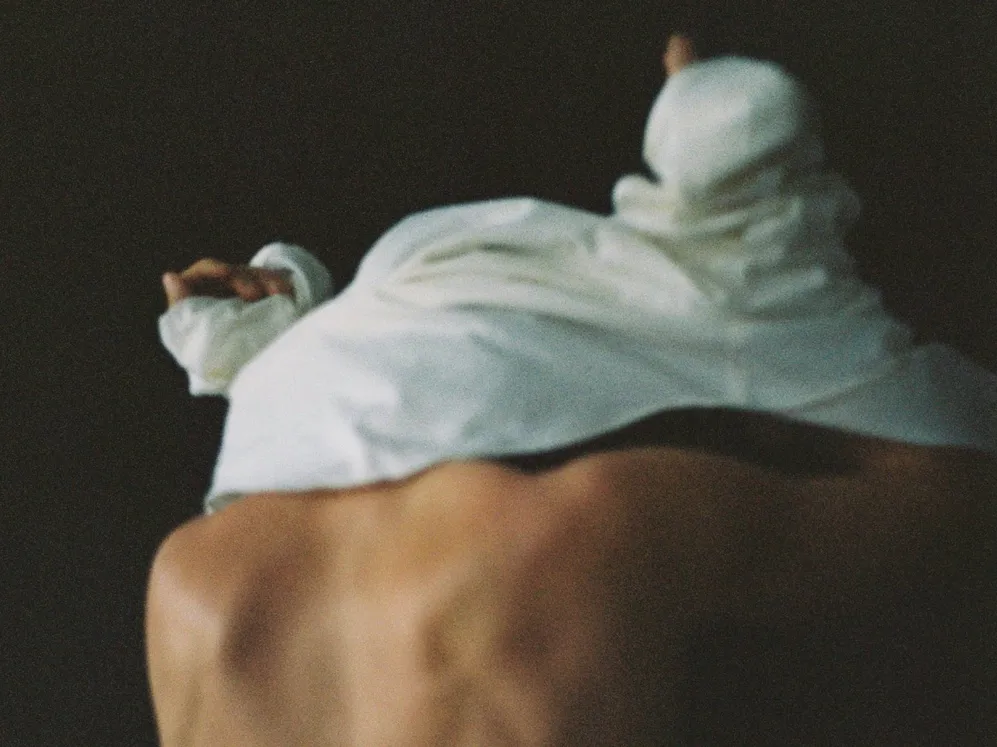
Words Ella MarshallImages Arturo BambooDate 09 November 2020
Speaking from Amsterdam, Archivist co-founder Johannes Offerhaus explains how business has somehow boomed following the spread of Covid-19. “The pandemic has been a big wakeup call for most people,” he says, adding “since the beginning of the crisis, Archivist has totally exploded, both in media attention as well as in the number of orders we receive.” That Archivist has been positively impacted by such a critical situation is almost no surprise.
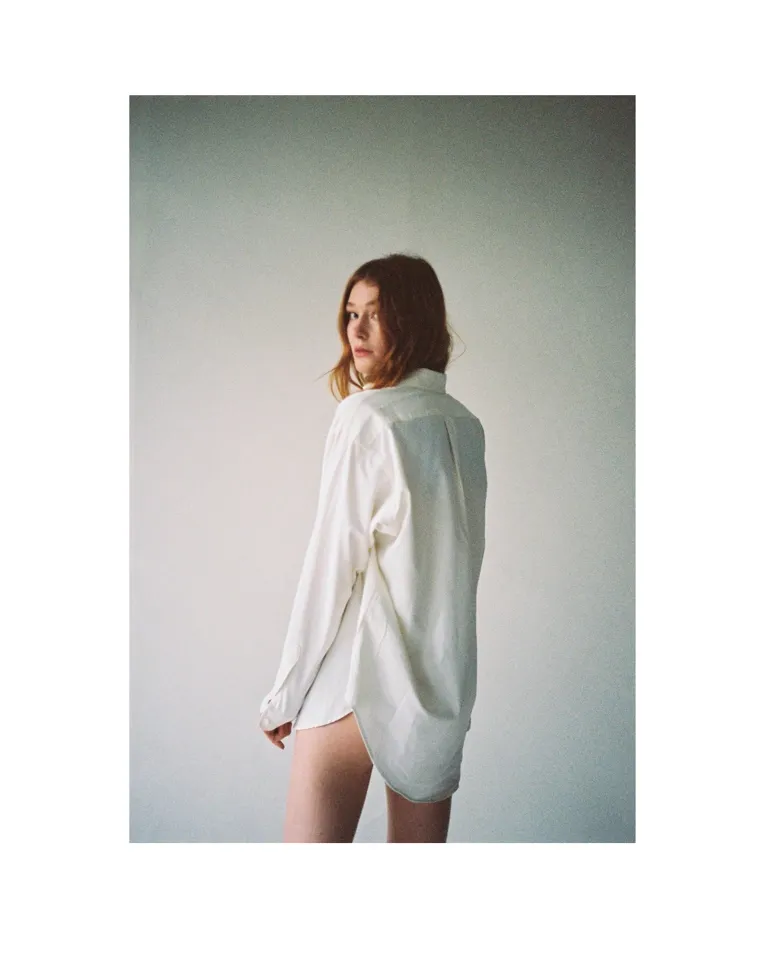
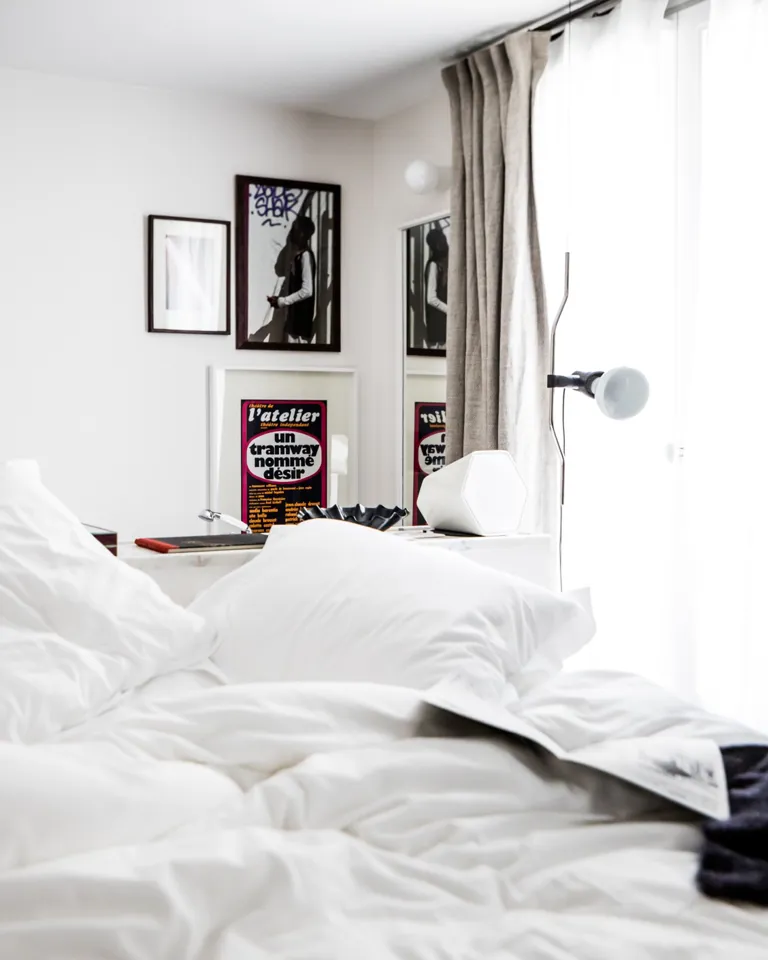
In abundance The ubiquitous white sheet
Growing purely and slowly since 2019, the brand has set a mission to preserve high-quality textiles and create archival pieces—an upcycling trend that has hugely resonated during an uncertain era, and one which the New York Times declared as “the most concrete shift in the fashion system to come out of the pandemic: the one real product to emerge about change and sustainability and value systems.” And while we may not be going out in the way we used to for some time, Archivist’s shirts are still immensely appealing thanks to a pleasing duality: an unexpected resurrection of the hotel experience at a time when travel is a distant memory, and a realistic response to the concept of sustainability in both the fashion and hospitality industries.
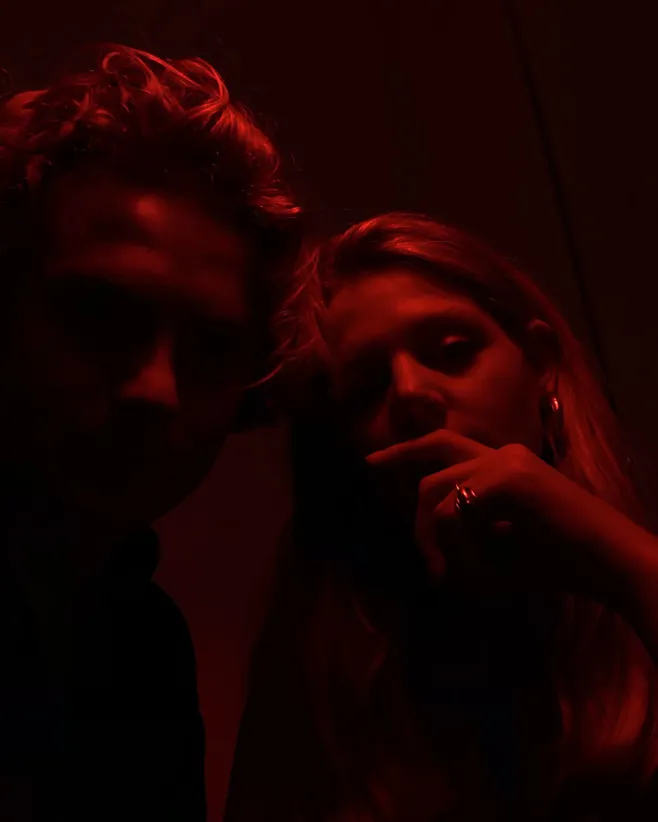
It was actually my business partner, Eugenie Haitsma, who started this journey. She was at a hotel and wondered what happened to the sheets that have defects. When you go to a good hotel, the sheets always look new with no holes or marks. She investigated and found out that many hotels have a system in place where if a hole or mark is found, the sheet is immediately discarded. There are a lot of sheets that don’t get recycled, or they get downcycled. What we’re trying to do is create a longer lasting product from the sheets, one that is different to what the original material was used for. It’s a long process because there are so many more steps in making a shirt this way—our raw material is not nicely rolled on a bolt and we have to clean it very well, iron it, and cut it open in order to process it. But it’s all worth it.
In most cases the fabric is really nice; it’s good quality with a really tight weave. Most of the labels say Egyptian cotton, which is a longer grain with a fine weave so it’s a great product to work with. We get a lot of responses from people who have worn our shirts and say, ‘It really feels like I’m lying in bed…it’s so soft!’ Because the fabric has already been washed so many times, the garments are extremely comfortable. However, there can be many little holes in the material and sometimes you see stark evidence that it’s a sheet from a hotel room, so we have to take care of that and we do this in different ways. It’s important to note that we don’t cut around the blemishes in the sheets—we see these as beautiful imperfections and the reason we got the sheets in the first place. For holes, scratches, or discoloration, we’re now also exploring embroidery as a way of turning these blemishes into beautiful features.
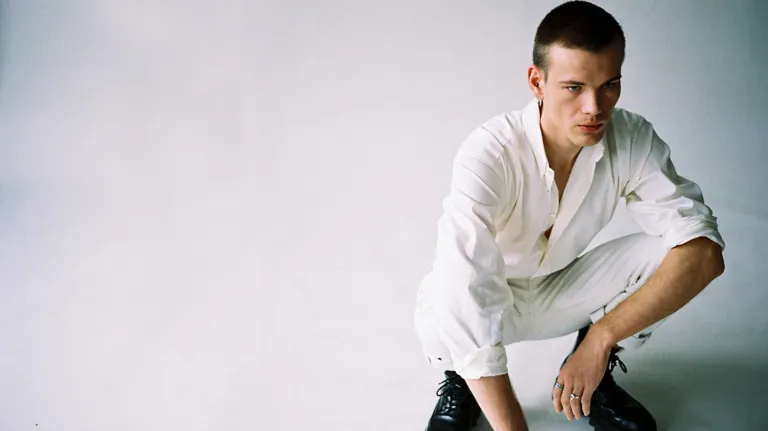
I am what you would call a ‘conventional fashion designer’. I studied at ArtEZ, where I was encouraged to be an extravagant designer, with the aim of running my own show. However, I quickly discovered that I didn’t want that as I have a problem with the fashion industry as it is currently, and it didn’t feel fulfilling to jump in and be a part of that system. I had let go of those dreams, so by the time I met Eugenie I was like, ‘Damn, this is something I want to be part of’ and we joined forces. We are constantly problem solving and overcoming hurdles to both make the shirts and make Archivist profitable. In this industry there is no system in place for sustainable companies; the way clothes are made, the shipments, the industry’s relationship with Asia…it is not yet ready for smaller batches or direct-to-consumer-from-factory concepts. As a brand, a factory will schedule you in for 300 shirts and then boom! You’re going to be stuck with stock because of overproduction, etc. We want to do it completely differently. Our goal is to make a timeless product that is going to outlast the sheet it originally evolved from—even though we’re working with an upcycled product already, we would still like it to last.
Initially, we discussed the many products we could make from the sheets and we settled on shirts because the white shirt is such a classic item. The model is super basic but it’s also very spacious and gives the wearer a lot of freedom. It’s versatile too; if it’s wrinkled it looks like a casual summer shirt but when you iron it well and take care of it properly, it’s a really nice shirt to wear for work. I can wear the same shirt in formal settings as well as when I’m lying on the beach. So in that sense timeless also means you can wear it at any time, as well as referring to longevity.
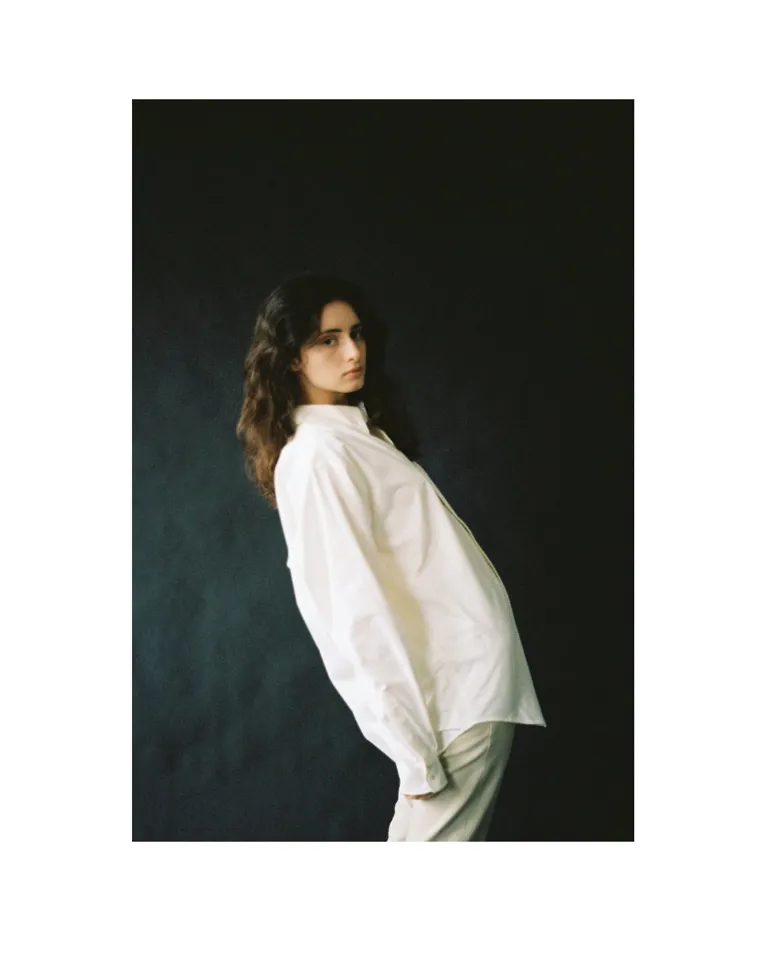
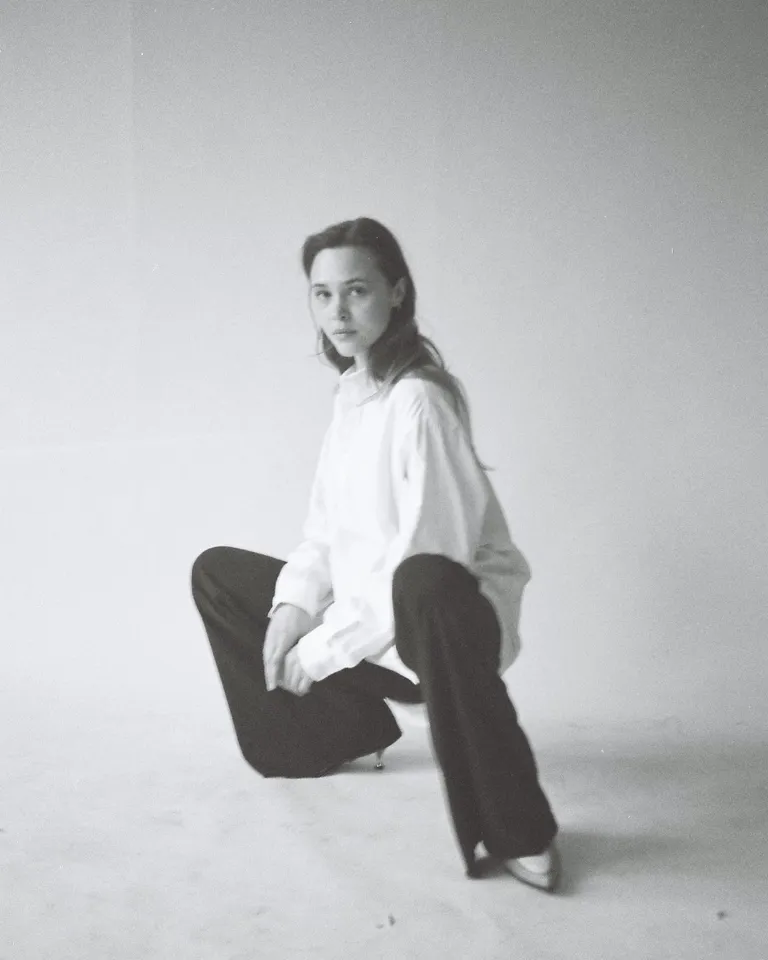
The new vintage In with the old
Yes! I’d always experienced hotels from the front end but it’s actually insane what happens at the back end. This has really opened my eyes to the amount of effort put in by a range of people—all the individuals in various departments who work their asses off to create a flawless experience and make those rooms so beautiful. Material-wise I’ve learned that the bigger the operation, the more waste there is and that’s an area where we’d like to co-operate with hotels and explore how to manage this waste. There are many waste products that can be recycled in such a cool way and the nice thing with hotel waste is that it’s very organised! Organized waste is very valuable.

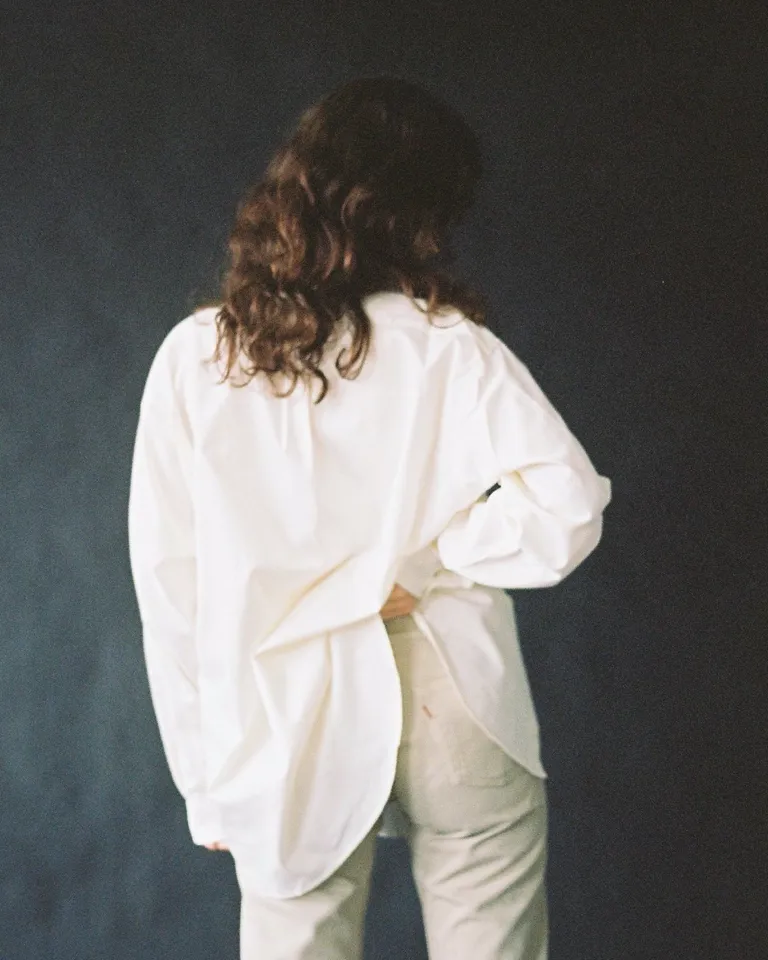
Ready to wear Each new shirt comes with a ‘lived in’ feeling
I love hotels and I love people who share their spaces with other people. That sense of welcome you get when you’re invited to someone’s place, have a nice dinner, and have a made-up bed are waiting for you. A lot of hotels and hotel owners go a long way to replicate that feeling, and that kind of ethos plays an important part in our brand as well. So these sheets are also sheets with a history and we want to connect Archivist’s story with the story of the hotels we work with. We’d love to get closer to boutique hotels, the kind of properties Design Hotels supports—we also have the capacity to work with small batches of sheets—because I think that’s where we could really connect our story with that of a hotel and make a neat circle. The bigger hotel brands have such complex legal systems, so there’s no way we can connect to their brand identity, which is not necessarily something we’d like to do with corporate brands in any case. But I think with smaller groups or private owners, we can really build on something beautiful and be really creative with the story.
Of course. I think soap is something that is really recyclable, for example. Also, I think that if certain processes were changed from the start, such as food and textile processes, and hotels really think about waste before even making it, you could change so many systems in interesting ways and create some really exciting things. The core of our brand is to recycle and upcycle, and to create beauty from waste, so we are very fluid about going in different directions with that.
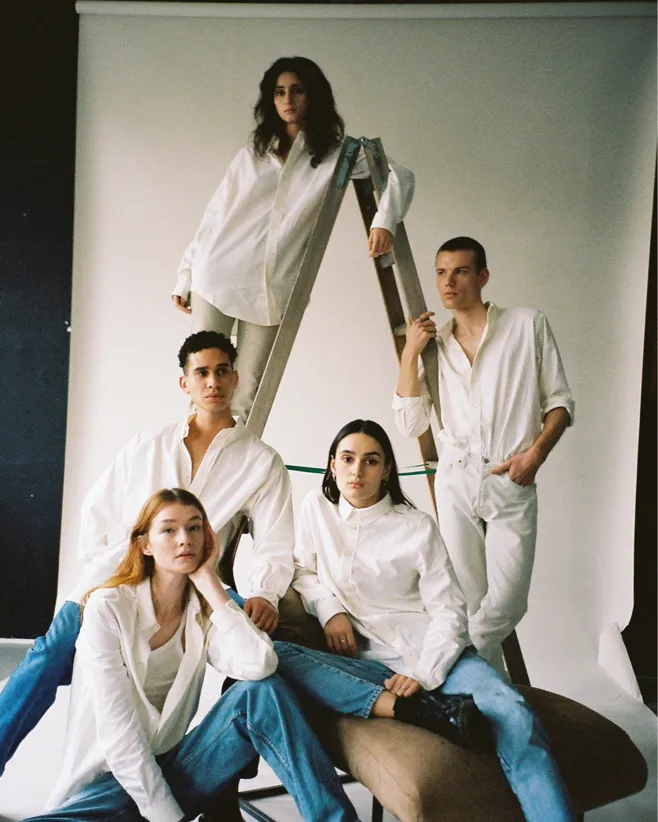
Waste management A stylish spin on upcycling
Our whole structure is different. We will not use any materials that are new and our shirts are completely polyester-free. But it’s also about the way we work with other creatives. This is not a pyramid-style company where we make it look like everything comes from one person, or one designer—that’s not the case in any company. We give all our creatives space, as well as credit for what they do. This also feeds into a collaboration system we’re developing where we’ll work with new creatives to create ideas and look at designing the shirts in different ways. So, we are not a traditional brand in the sense that we don’t solely look for inspiration and produce ourselves. We ask artists that specialize in certain processes or painting or embroidery to work with us and to co-exist. We don’t necessarily want to own the whole process.
Explore Archivist’s story and collections at www.archivist.studio